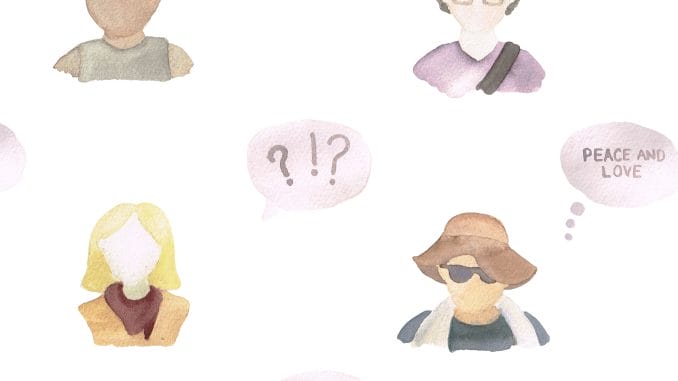
 In June 2015, Dylann Roof shot nine people to death in a historically black church in Charleston, South Carolina. In June 2016, gunman Omar Mateen entered Pulse Nightclub, a gay bar in Orlando, Florida, leaving 49 people dead and 58 others wounded. In May 2017, self-proclaimed white supremacist Jeremy Joseph Christian stabbed three men, two fatally, for protecting two Muslim women he was harassing on a train in Portland, Oregon.
In June 2015, Dylann Roof shot nine people to death in a historically black church in Charleston, South Carolina. In June 2016, gunman Omar Mateen entered Pulse Nightclub, a gay bar in Orlando, Florida, leaving 49 people dead and 58 others wounded. In May 2017, self-proclaimed white supremacist Jeremy Joseph Christian stabbed three men, two fatally, for protecting two Muslim women he was harassing on a train in Portland, Oregon.
This month, various “alt-right” white supremacy groups gathered in Charlottesville, Virginia for a “Unite the Right” rally that made headlines after a car drove into a crowd of counter-protesters, killing one and injuring 19 others.
Many Americans took to social media to state their surprise, admittedly “shocked” that something like this could happen in 2017 — but what’s so shocking about it? Really, you’re surprised?
Yes, intolerance was given a larger platform to exist freely since President Trump was elected, allowing white supremacy groups to further mobilize — but their existence is the reality of America, and this is nothing new.
With violence on the rise, the burning question on everyone’s mind is, “well, what do we do now?”
We can tweet, post and share every article or video on the internet but what does that actually accomplish?
Although these posts may invoke necessary conversation, it’s not enough.
It is not enough for us to only recognize our white privilege. It is not enough to admit our privilege on the internet, in front of POC (people of color) peer, via article or post. It is not enough to recognize and admit yet refrain from doing anything proactive about it.
Members of the President’s administration and the President himself do not respect the notion of “liberty and justice for all” and it is our job to help bring this to light and replace intolerance with tolerance.
According to the Southern Poverty Law Center, there were 917 hate groups in the United States in 2016. Although these groups may have been more underground in past years, they have existed and continue to exist today — only now it feels more real and more dangerous because they have risen from their private burnings of the cross and reemerged into the public eye.
Some people react to violence with the idea that if we all agree to coexist and love each other, peace and equality will prevail. How do we coexist with a group that seeks the demise of another group? Changing your profile picture on Facebook to show that you support the cause at hand does nothing to actually make any change. It takes action on every political level to make real change. The first step is to understand what part you’re going to play in this process.
Us Americans that are white, able-bodied and of financial means do not know what it’s like to live in a country that does not cater to us. We are not made to feel uncomfortable in environments because we are underrepresented. We don’t suffer from institutions that not only continue to work against us, but criticize us when we take a stand to obtain the rights we deserve.
We cannot just simply hear what the minorities and POC in this country have to say, but we must listen. These marches, rallies and other displays of protest are not for us. We are there to support these marginalized groups, not to be the center of attention. We must realize that it’s not anyone’s job to tell us what to do to help. We need to learn from observing and through constructive dialogue.
It’s time to practice what we preach online in 140 characters or less.
Katie Bashista
Opinions Editor


Leave a Reply